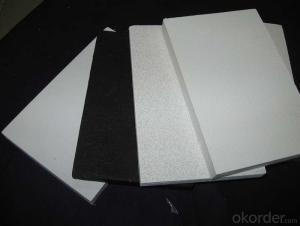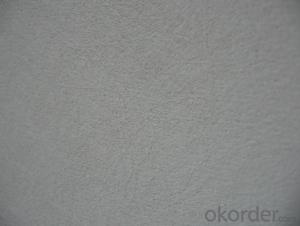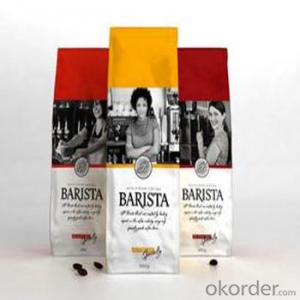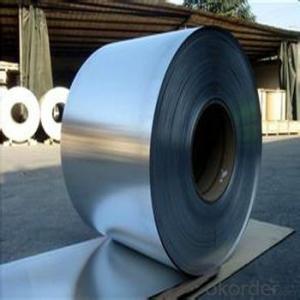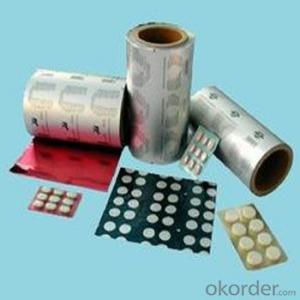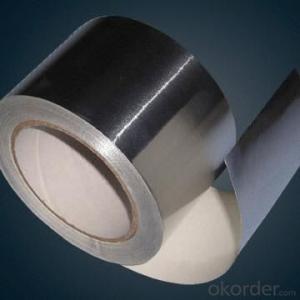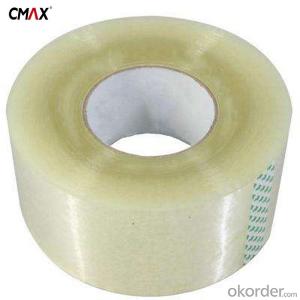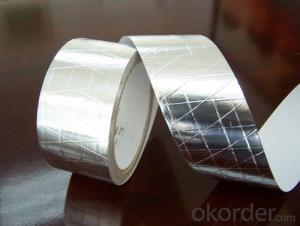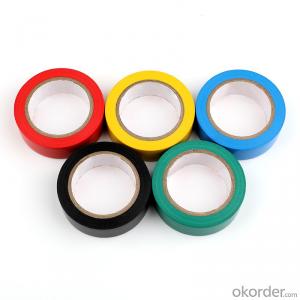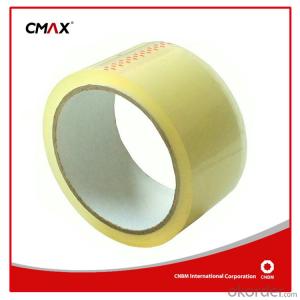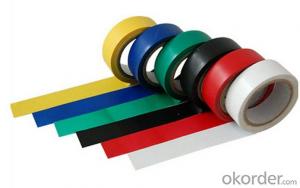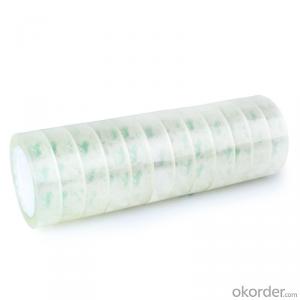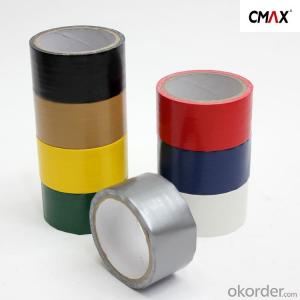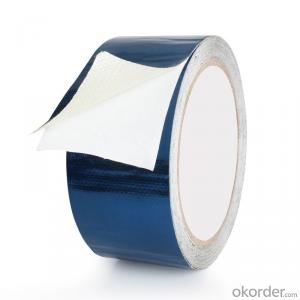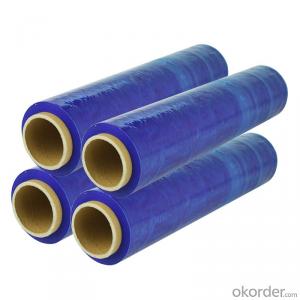White Aluminum Foil
White Aluminum Foil Related Searches
Led Light Bulbs For Ceiling Fixtures Led Lamps For Ceiling 42 In Ceiling Fan With Light Aluminum Coil Stock For Gutters Hole Saw For Aluminum Plate Aluminum Tread Plate For Trailer Bow Plate For Aluminum Boat Max Temp For Aluminum Foil Aluminum Foil For Key Fob Aluminum Foil For Hair FrizzHot Searches
Fiberglass Scaffolding For Sale Fiberglass Panels For Sale Fiberglass Greenhouses For Sale White Gazebo For Sale White Melamine Board Price Ceiling Fan Lowest Price White Plastic Folding Chairs Wholesale Company Office Design Stock Price For Aluminum Aluminum Coil Stock For Sale Aluminum Gutter Coil For Sale Used Aluminum Scaffolding For Sale 1/4 Aluminum Plate For Sale Aluminum Bar Stock For Sale Aluminum Round Stock For Sale Aluminum Diamond Plate For Sale Aluminum Scaffolding For Sale Craigslist 6061 Aluminum Plate For Sale Aluminum Dock Plate For Sale 7075 Aluminum Plate For SaleWhite Aluminum Foil Supplier & Manufacturer from China
Okorder.com is a professional White Aluminum Foil supplier & manufacturer, offers integrated one-stop services including real-time quoting and online cargo tracking. We are funded by CNBM Group, a Fortune 500 enterprise and the largest White Aluminum Foil firm in China.Hot Products
FAQ
- To remove packaging tape residue, you can start by applying a small amount of oil or rubbing alcohol to a cloth or sponge and gently rubbing the affected area. This should help loosen the adhesive. Alternatively, you can also try using a mixture of warm water and dish soap, or a commercial adhesive remover. Make sure to test any method on a small, inconspicuous area first to ensure it doesn't damage the surface.
- The benefits of using transparent packaging tape include clear visibility of the contents of the package, easy identification of any tampering or damage, professional appearance, and the tape's durability and strength for securing packages effectively.
- Packaging tape has been engineered to stick effectively to a wide variety of surfaces, including those that are non-porous. When it comes to non-porous surfaces like glass, metal, plastic, or sealed wood, their smooth and impermeable nature can pose a challenge for adhesives to adhere properly. However, packaging tapes are specifically crafted with strong adhesive properties that enable them to perform efficiently even on non-porous surfaces. Once applied to a non-porous surface, packaging tape creates a strong bond thanks to its high tackiness and cohesive strength. The tape's adhesive is specially formulated to possess excellent adhesion properties, guaranteeing a dependable seal. It adheres firmly to the surface, establishing a secure bond that resists peeling or lifting. Furthermore, packaging tapes often feature special attributes like acrylic or hot melt adhesives, which further enhance their performance on non-porous surfaces. Acrylic adhesive tapes are renowned for their exceptional initial tack, rapid adhesion, and long-term durability. They can withstand changes in temperature, humidity, and exposure to UV radiation, making them suitable for a variety of environments. On the other hand, hot melt adhesive tapes offer superior bonding strength and are perfect for heavy-duty applications, ensuring a robust hold on non-porous surfaces. Additionally, packaging tapes are typically constructed from durable materials such as polypropylene or polyester, which are resistant to tearing or stretching. This further enhances their performance on non-porous surfaces, as they can endure the rigors of shipping and handling without compromising their adhesive properties. In conclusion, packaging tape is specifically designed to excel on non-porous surfaces. Its strong adhesive properties, specialized adhesive formulations, and durable materials allow it to create a dependable seal on surfaces like glass, metal, plastic, or sealed wood. Whether it's for packaging, shipping, or general use, packaging tape is a reliable choice for securing items on non-porous surfaces.
- Yes, packaging tape can be used for sealing cosmetic or beauty products. However, it is not the ideal choice as it may not provide the aesthetic appeal and professional finish that specialized packaging materials designed for beauty products offer.
- Packaging tape is a type of adhesive tape specifically designed for sealing and securing packages. It is typically made of a strong and durable material, such as polypropylene or PVC, and is used to hold boxes and cartons together during transportation or storage.
